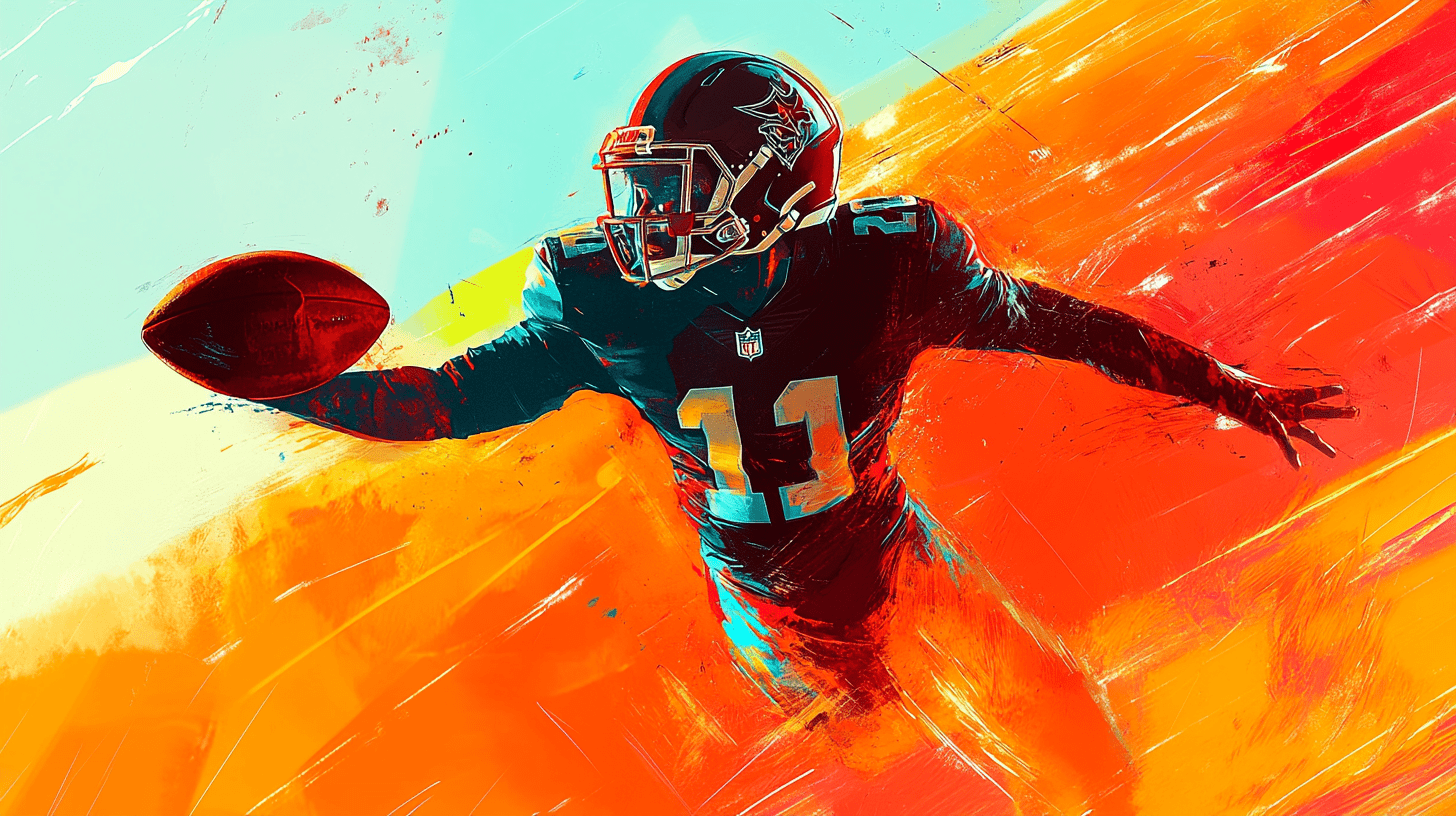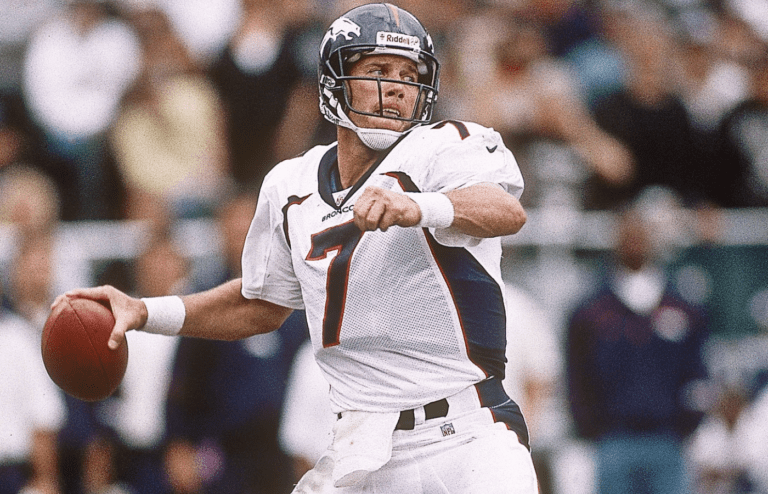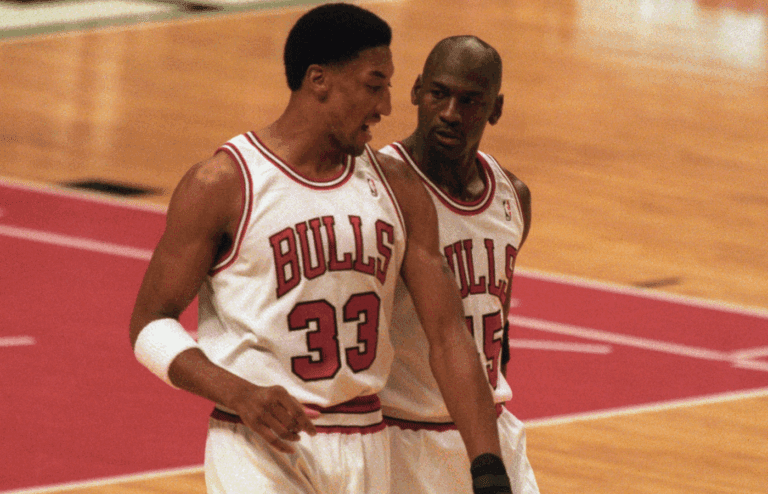The NFL is a game of strategy, skill, and constant evolution—and so are its rules. Over the years, the league has tweaked, adjusted, and overhauled regulations to keep the game competitive, exciting, and, most importantly, safer.
Some changes were sparked by legendary plays, others by shifting tactics or growing concerns over player health. But every adjustment has shaped the way football is played today, influencing everything from how defenses hit to how offenses push the limits.
The Holy Roller: A Game-Changing Fumble
The “Holy Roller” play in 1978 led to a major rule change in the NFL. It happened during a game between the Oakland Raiders and San Diego Chargers. With just seconds left, Raiders quarterback Ken Stabler intentionally fumbled the ball forward. His teammates batted and kicked it into the end zone, where they recovered it for a touchdown. This wild play gave the Raiders a last-second win and is featured on our list of the 20 most shocking NFL moments in history.
The NFL quickly realized they needed to close this loophole. They created the “Holy Roller Rule” in response. Now, only the player who fumbled can advance the ball in the last two minutes of a half or on fourth down. This rule prevents teams from using intentional fumbles as a desperate scoring tactic. It’s a perfect example of how unusual plays can shape the rulebook and change how the game is played.
The Tuck Rule: Redefining Quarterback Possession
The Tuck Rule, which existed from 1999 to 2013, dramatically changed how the NFL viewed quarterback possession. This rule stated that if a quarterback’s arm was moving forward when the ball came loose, it would be ruled an incomplete pass rather than a fumble. The rule gained notoriety during a 2002 playoff game between the New England Patriots and Oakland Raiders, now known as the “Tuck Rule Game”.
In snowy conditions, Raiders cornerback Charles Woodson hit Patriots quarterback Tom Brady, causing what appeared to be a fumble. However, officials applied the Tuck Rule, ruling it an incomplete pass. This controversial decision allowed the Patriots to keep possession, ultimately leading to their victory and first Super Bowl win. The Tuck Rule was eventually abolished in 2013, with only one team voting against its removal.
Safety First: How Player Protection Reshaped NFL Rules
The NFL’s commitment to player safety has been a driving force behind many rule changes over the years. One of the most significant shifts came in the 1970s when the league started focusing on reducing head and neck injuries. They introduced rules that banned certain types of tackles and hits that were deemed too dangerous. In 2010, the NFL took a big step forward by implementing strict concussion protocols. These new rules required players showing signs of concussion to be immediately removed from the game and evaluated.
The league has also made changes to kickoff rules to decrease high-speed collisions, which were a major source of injuries. These safety-focused updates have not only protected players but also changed how the game is played, emphasizing proper tackling techniques and reducing dangerous plays. As the NFL continues to evolve, player safety remains a top priority in shaping the rules of the game.
Modern Strategy: Adapting to the Evolving Rulebook
Today’s NFL teams must constantly adapt their strategies to keep up with the ever-changing rulebook. Recent rule changes have significantly impacted how the game is played, especially on offense. The emphasis on player safety has led to stricter regulations on tackling, forcing defenses to adjust their techniques. This has opened up new opportunities for offensive players, particularly in the passing game. Quarterbacks now enjoy more protection in the pocket, allowing for more complex passing plays and higher-scoring games.
Special teams have also seen major changes, with new kickoff rules aimed at reducing high-speed collisions while maintaining the excitement of the play. These adjustments have prompted teams to rethink their roster construction and game plans. Coaches now prioritize versatile players who can adapt to the evolving nature of the sport, ensuring their teams stay competitive in the modern NFL landscape.
As the NFL’s rulebook continues to evolve, teams and players must remain adaptable, embracing these changes as part of the game’s natural progression. By understanding the impact of historical plays like the ‘Holy Roller’, pivotal rules such as the Tuck Rule, and the ongoing emphasis on player safety, the NFL ensures that its future remains bright, competitive, and aligned with the values of fair play and athlete well-being. Engaging with these transformations, the league underscores its commitment to continually refine and redefine the essence of the game.








